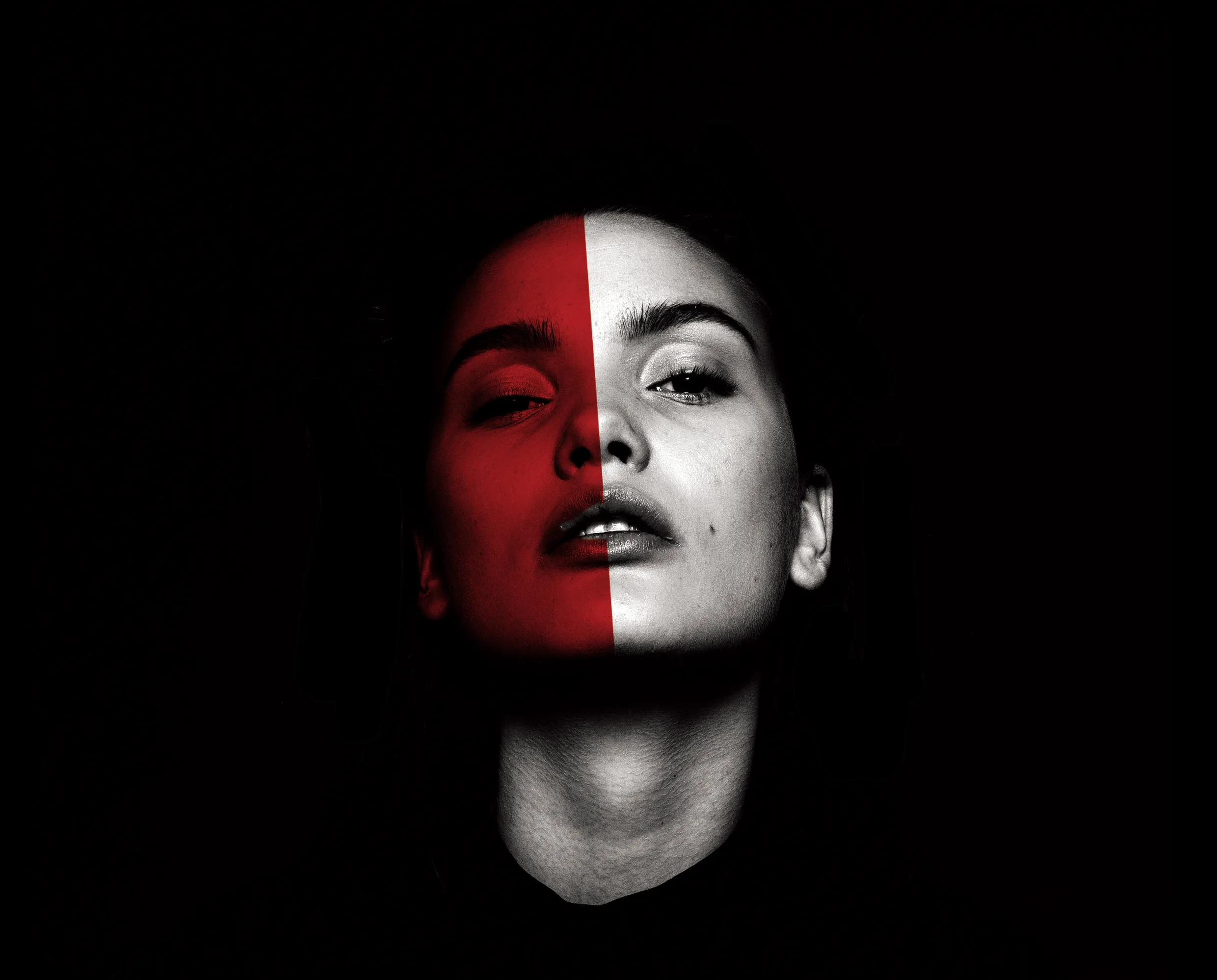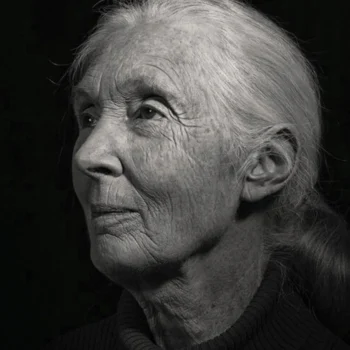A Face Within the Frame

A Face Within the Frame: A Philosophical Reflection on Portrait Photography
In the hushed snap of a shutter, a moment is frozen, one that captures not only skin, eyes, and the folds of a face, but also echoes of timelessness, memory, fear, and desire. Portrait photography, seemingly simple yet profoundly layered, is not merely an art of facial representation; it is a ritual, a summoning of a soul that quietly sits within the frame. From Daguerre’s early portraits to the theatrical works of Cindy Sherman, a question has always lingered: do we truly “see” the face, or merely a mask of it? In a world where the “face” is caught between revelation and disguise, portraiture becomes a site of tension, between reality and artifice, documentation and creation, observation and transformation. In philosophical tradition, the face has always been a vessel of meaning. Emmanuel Levinas considered it the birthplace of ethics, the place where the Other presents themselves to us not to be possessed, but to be encountered. Yet in photography, the face is captured in a moment that may be constructed or anticipated. Does it still bear that same ethical resonance? Or does it become a surface, visually aesthetic yet existentially hollow?
At its finest, photographic portraiture is a “confrontation”: between the gaze of the photographer and the presence of the subject, between the artist’s intent and the model’s silence, between truth and imagination. When this confrontation is sincere, it pierces beyond the surface and reaches into the psyche, where fear, solitude, and hope reside. At such moments, portrait photography transcends its medium, approaching the realms of painting, poetry, even mysticism. In portrait photography, light is more than a tool, it is a voice. A sidelight brushing the cheekbone sculpts shadows that whisper secrets. Overhead lighting casts a judgmental glow, almost divine in tone. Light becomes language: each angle, intensity, warmth or chill of hue carries intention. And alongside light, there is the “silence” of the portrait, the stillness that, in the absence of sound, allows us to hear other things: the tone of a gaze, the tremble of a lip, the pause in a blink.
Portrait photography moves along a boundary between the documentary and the imaginative. On one hand, it records a presence that was “there”; on the other, the photographer is always making choices, framing, lighting, directing. These acts transform the process from passive observation into active creation. What remains within the frame is no longer just “a person”, but “an interpretation”, a specific vision, a certain tone, sometimes even a narrative about that person. Thus, the portrait is neither a mirror nor a replica, it is a form of “visual storytelling”. A story told without words, but rich with implication. In it, the photographer becomes a writer, crafting with light and silence and gaze a narrative of human presence. In an age where human presence is often filtered, retouched, or exaggerated across media, the authentic portrait becomes an act of resistance, resistance against forgetting, against superficiality, against the erosion of identity. The portrait reminds us that the human is still the center of meaning, that a single gaze can still disturb the still waters of perception. Perhaps that is why certain portraits linger with us. They echo like unfinished poems. They are mirrors that not only reflect the Other, but also reveal something of ourselves.


In Closing: The Art of Seeing
Portrait photography, at its core, is a discipline of seeing, seeing beyond the surface, beyond skin, beyond the mask. It invites us to pause, to behold without judgment, to listen without sound, to meet the human presence with honesty. In a world of fleeting images and hurried glances, the portrait stands still, perhaps not to prove anything, but to “remind”: we can still look at one another, without forgetting who we are.
By: Nader Sharifi

